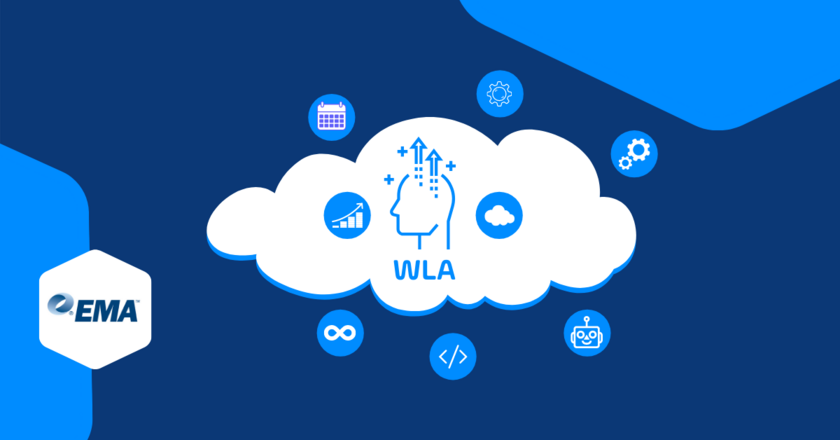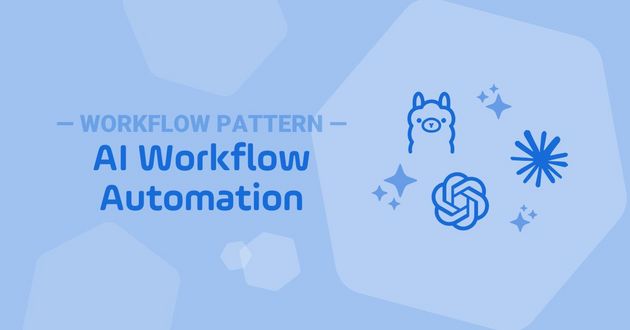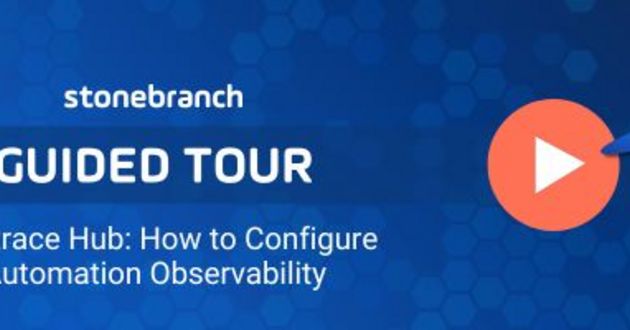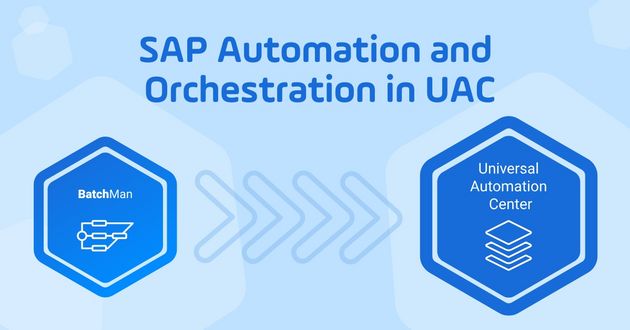Breaking Down the New Workload Automation Research from Enterprise Management Associates (EMA)
The modern workload automation platform is experiencing a renaissance, orchestrating an expanding range of use cases and supporting a growing number of users as well as user types across on-premises, private cloud and multi-cloud environments.

The drive toward automation is, arguably, the story of today’s enterprise. IT automation is a big part of that narrative, and within IT automation, workload automation’s role is growing. The evolution and expansion of workload automation (WLA) is the focus of a new research report from Enterprise Management Associates (EMA), “Democratizing IT Automation in a Multi-Cloud World: Tools, Teams, Culture and Best Practices for Automation Success.”
EMA’s research, based on a sizable market survey of IT staff and management as well as business users, ties in to a top IT automation trend: the surging demand for faster, better and more efficient creation of digital products and services in response to the COVID-19 pandemic.
CIOs expect demand for digital products and services—whether for customers or internal end-user—to be even stronger in 2021 than in 2020. As a result, IT initiatives across the board have expanded and become more central to the organization’s success.
The EMA report makes the point that even pre-pandemic, most major IT initiatives already impacted the scheduling functions in IT operations and, thus, found their way into WLA software. As digital transformation takes on an ever-bigger role, it should come as no surprise that modern WLA platforms are evolving and expanding.
Expanding Use Cases For WLA
The EMA survey found that WLA platforms are delivering significant new functionalities and an expanded range of use cases. This finding is the cornerstone of EMA’s assertion that WLA is tied directly to the broadest of IT automation trends.
The headline here is that traditional scheduled batch processing is still the largest category of jobs run each month, at 11.2%. Other job types, however, are gaining fast. Coming in a close second is the automation of big data pipelines for DataOps at 9.3% of jobs run each month.
Not too many years ago, scheduled batch processing would likely have represented the lion’s share of jobs processed, and the list of additional use cases would have been limited. Today, EMA’s research identified 14 use cases supported by WLA, from DevOps and application release to on-premises and public cloud infrastructure configuration; from workflow automation and orchestration to container management.
Notably, container management—coming in at 13th out of 14 use cases, at 4.3% of jobs run each month—isn’t all that far from a top spot. Moreover, container management an emerging use case poised for strong growth in the near and medium term.
WLA Adding More User Types
If WLA is, in fact, supporting a growing number of new use cases, we should expect to see new user types being added as well. Indeed, the EMA report shows that WLA is becoming a utility for a growing number of roles within the organization.
More types of business users are monitoring and even kicking off workload processes. Most WLA users still come from IT Operations and Service Management, EMA’s survey found. However, 25% of organizations now provide logins to Development staff. Networking staff now have logins at 25% of companies; and Service desk (18%) and storage (16%) are also well represented with logins.
By including more user types with access appropriate to their role, more stakeholders from across the organization benefit from WLA. And as WLA increases its use and reach across organizations, WLA is more directly affecting business outcomes.
Six Key WLA Use Cases
1. Managing big data and the data pipeline
Today’s enterprise prioritizes data-based decision. Yet it can be quite a challenge to transform data from any number of sources into useful information. The modern WLA platform is answering the call by centralizing the end-to-end orchestration of automation across the entire data pipeline.
2. Managing cloud environments and workloads
WLA has become an important tool in managing cloud environments and workloads, including configuring public and private cloud environments. WLA can execute processes across the various environments and locations in which applications and data now reside.
3. WLA and DevOps
IT is now directly in the line of delivering customer services. One result of that imperative is that WLA has adapted to improve coordination and cooperation between developers and operations. The goal is to accelerate delivery of new applications and drive digital transformation. The growing number of users from the Development team is a proof point that supporting DevOps orchestration and automation is an increasingly important functionality for WLA platforms.
4. Event-driven automation
Calendar- and time-based scheduling is giving way to event-driven automation for many processes. WLA is supporting the growing enterprise demand for near real-time processing that supports round-the-clock ecommerce and global business operations across many time zones. On the rise are jobs triggered by events such as receipt of an email, receipt of a file or action taken by a user.
5. Integrations
Powerful integration capabilities are vital to expanding the scope and reach of a modern WLA platform. As a broader range of users gain access to WLA platforms, upstream integrations with applications like ServiceNow, Teams and Slack bring in users outside the traditional WLA userbase. With downstream integration, the WLA solution can connect any platform or application from the mainframe to the cloud using pre-packaged integrations. And then there’s support for specific functions, like DevOps: the WLA platform’s integration and automation capabilities orchestrate workloads across siloed tools that are otherwise difficult to connect.
6. Container management
As enterprises shift from on-premises to cloud environments, container-based applications are growing in popularity. Containerized applications often need to connect to on-prem platforms or applications. A WLA solution with built-in managed file transfer capabilities bridges the gap between on-prem and cloud by making sure data moves to the right place at the right time, whether in batch or in real-time; is synchronized between environments; and is secure during its transfer.
The Future Of The Modern WLA Platform
EMA research indicates that “WLA has increased the use and reach across an organization, resulting in more directly affecting business outcomes.” There is great potential to continue the expansion of WLA as a broader automation orchestration platform, EMA believes, and 86% of survey respondents agree or strongly agree.
Continuing to add use cases and user types is critical to WLA’s future. As more stakeholders across the organization benefit from using WLA platforms, they will become more visible and important to overall IT initiatives.
“WLA will continue to adapt and become an even more important tool to orchestrate automation across the enterprise,” EMA concludes.
Start Your Automation Initiative Now
Schedule a Live Demo with a Stonebranch Solution Expert






